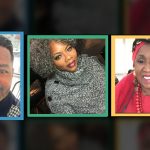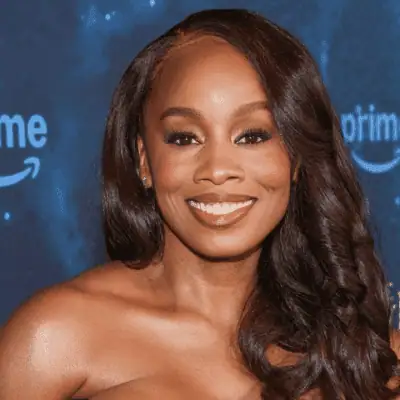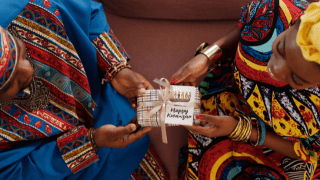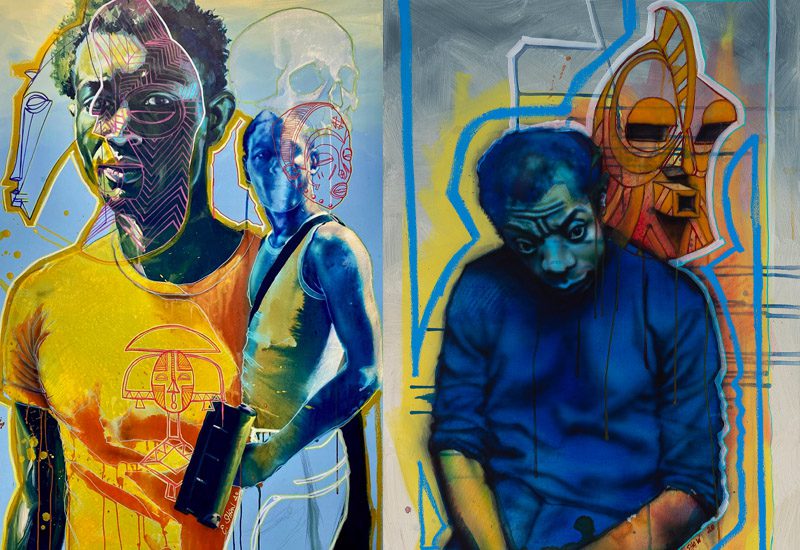
Curated by artist and art historian Michael D. Harris, Visible Man: Art and Black Male Subjectivity was on display at Bowling Green State University Fine Arts Center Galleries from January to April of this year.
Visible Man presents a compelling look at the complexity of Black males and masculinity through racial, cultural, and personal perspectives. The seed for the exhibit was planted in 2017 when BGSU alumni Colonel John Moore and the late Edward Sewell wished to create an exhibition with Black alumni in mind. Their vision was to tell a more inclusive story of the university’s Black men. Visible Man “is an attempt to avoid notions of the ‘Black body’ and a discourse which emphasizes racial categorization in favor of a more nuanced and diverse cultural view,” reads the exhibit’s statement.

Featuring 52 pieces by 32 artists, the exhibit includes an assortment of mediums such as paintings, drawings, sculpture, video installations, prints, and photographs. Emerging and seasoned artists showcased their works, and each brought with them their own unique life experiences in relation to Black masculinity. As described in the statement, “The artists are male and female, young and old, American and Caribbean, from the Midwest and the coasts, well-known and less so.” Artists featured include the exhibit’s curator Michael D. Harris, Wadsworth Jarell, James Phillips, Ernest Shaw Jr., and more.

The exhibition is organized based on specific themes. The barbershop experience is a prominent theme explored, as these shops are a significant part of Black communities. Dr. Fahamu Pecou’s “Watch the Throne” sculpture is a standout piece; Pecou transforms the practical barbershop chair into an object of royalty, implying that all those who sit in it are kings. Behind the chair, a video installation of Black men receiving haircuts plays on loop. Portraits of barbers in their shops by notable photographer Dawoud Bey are also included in this section.
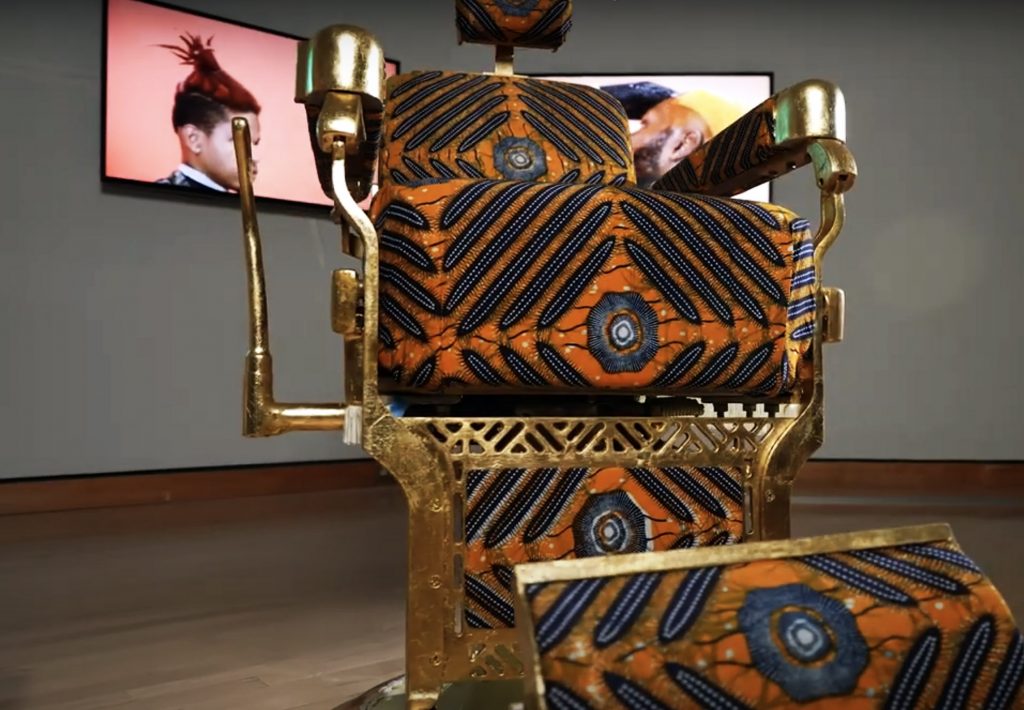
Spiritual themes, Caribbean art, political works, and arresting portraits of Black men, such as Ernest Shaw Jr.’s painting of James Baldwin, are displayed as well.
Visible Man is in memory of Dr. David Driskell and BGSU alumnus Edward Sewell. Although the exhibition at BGSU has ended, gallery director and exhibition organizer Jacqueline Nathan is hopeful that the show will travel to several other venues throughout the United States.



